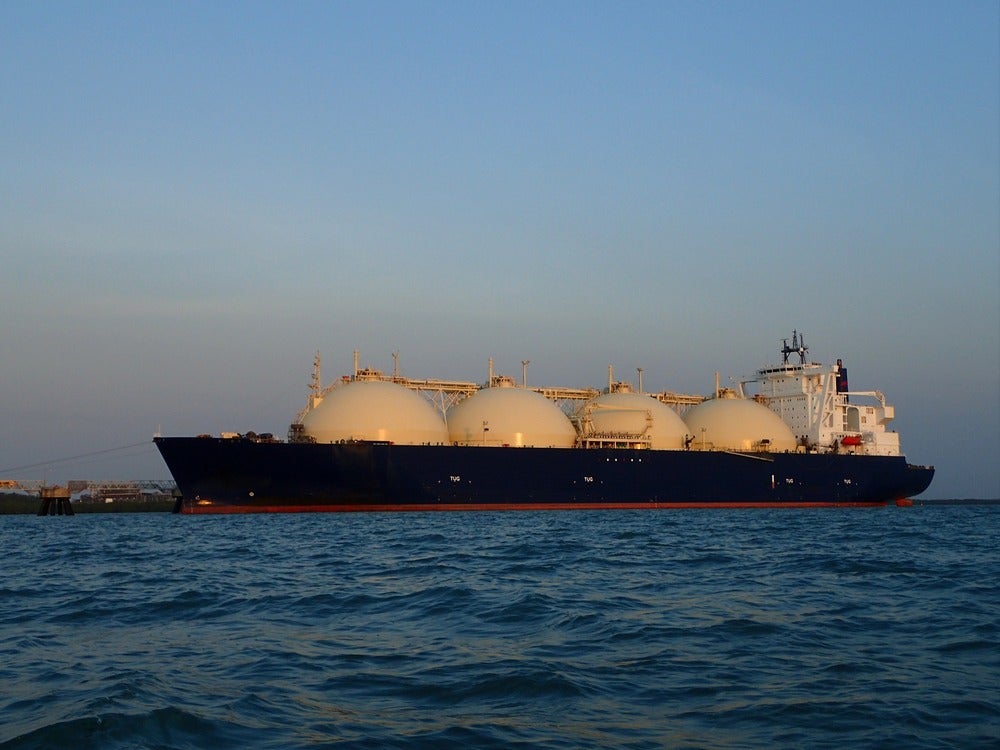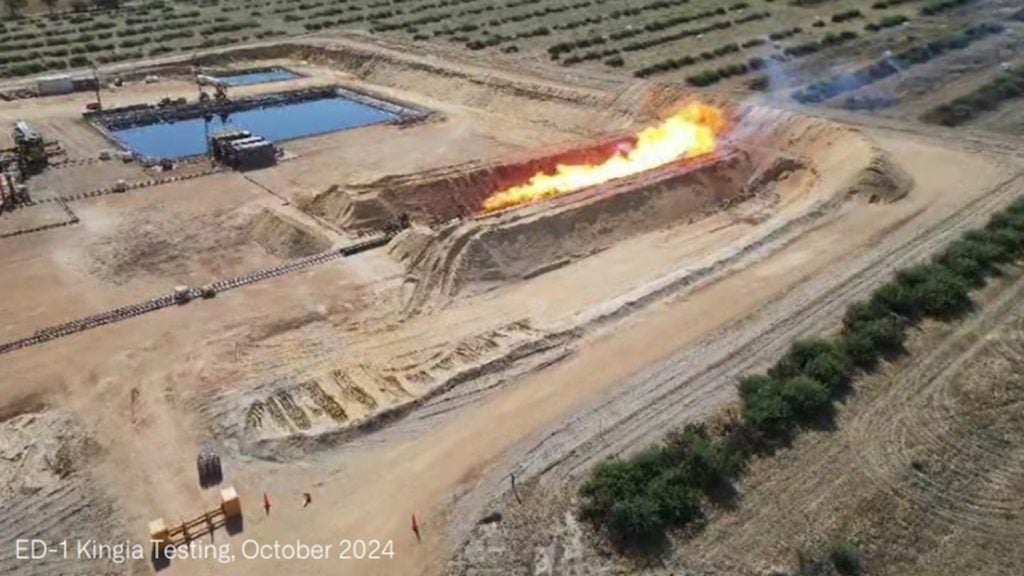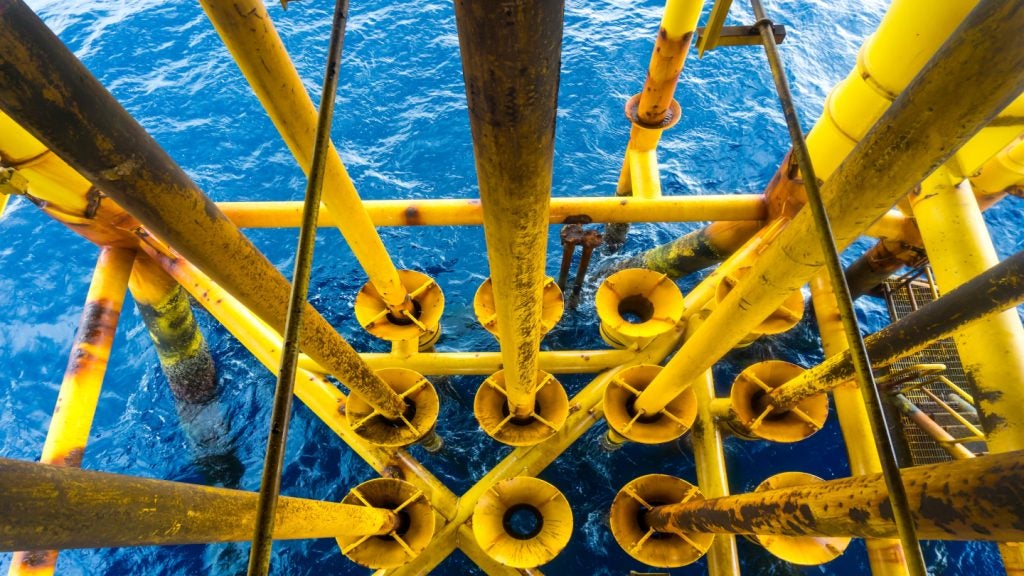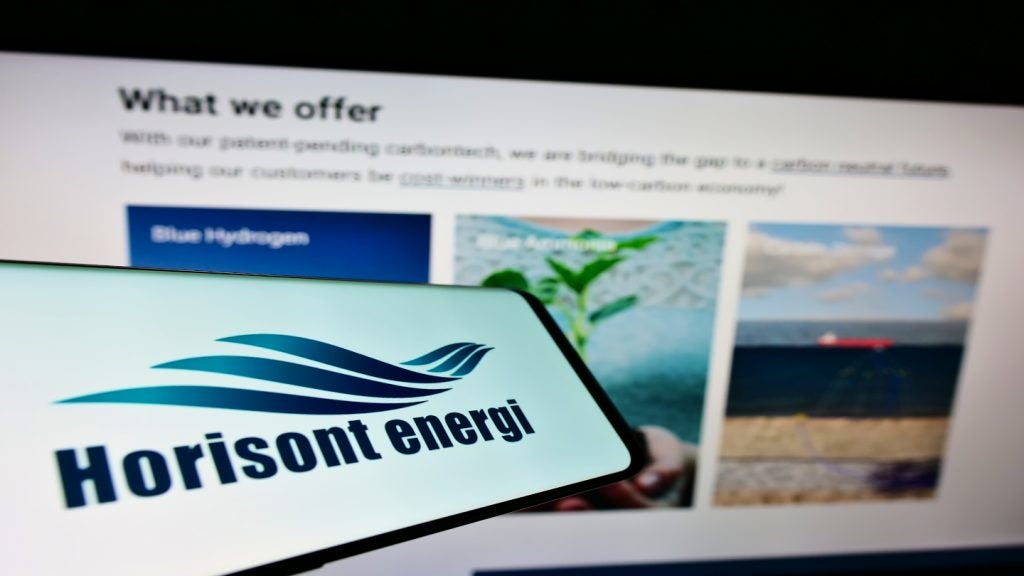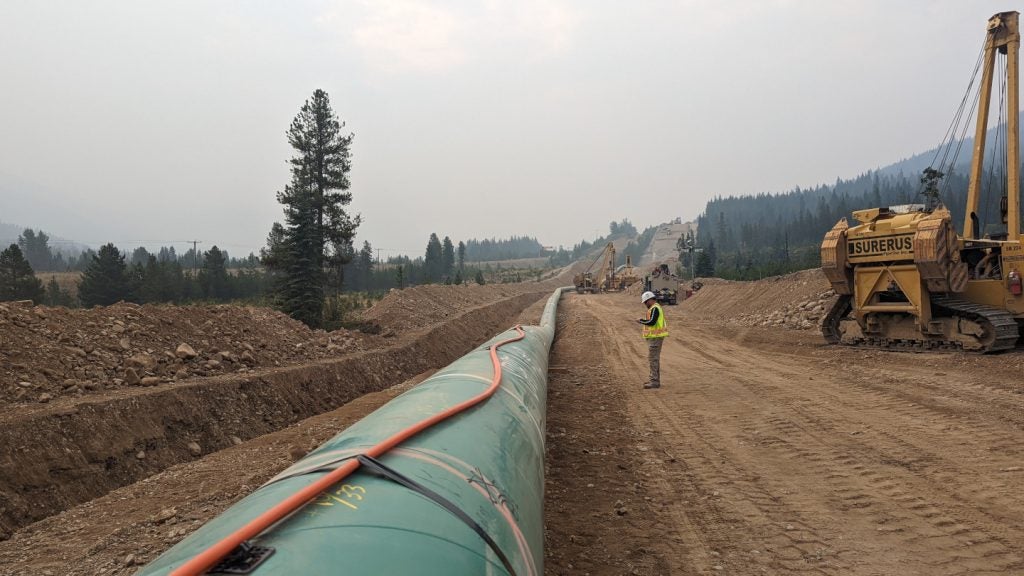Australia will look to maintain its role as an important supplier of the world’s energy needs in the short term, particularly in the Asia-Pacific region, according to GlobalData figures.
After completing a series of new-build LNG export projects over the next five years, Australia will have the largest LNG export capacity in the world.
In 2017, Australia exported around 7 billion cubic feet per day (bcfd) of gas, equal to around 60% of production, with 46% of these exports going to Japan and 31% to China, the data and analytics company reported.
Over the medium term, Australia’s natural gas production is expected to remain level. However, compared to the investment wave during 2013-2017, overall capital expenditure will be at a low point in 2020, before a slight recovery in the next decade.
Oceania LNG production and export
In 2018, natural gas represented 84% of Oceania’s hydrocarbon production in barrel of oil equivalent (boe) terms. The majority of natural gas production came from Australia, which is forecast to provide about 85% of the region’s natural gas production from 2019 to 2025.
Oceania natural gas production and LNG export capacity forecast from 2019 to 2025

How well do you really know your competitors?
Access the most comprehensive Company Profiles on the market, powered by GlobalData. Save hours of research. Gain competitive edge.

Thank you!
Your download email will arrive shortly
Not ready to buy yet? Download a free sample
We are confident about the unique quality of our Company Profiles. However, we want you to make the most beneficial decision for your business, so we offer a free sample that you can download by submitting the below form
By GlobalDataSource: Upstream and Midstream Analytics, GlobalData Oil and Gas
Upcoming projects will target existing LNG facilities
Australian operators are now primarily turning their attention to developing assets to backfill or expand existing projects instead of investing capital expenditure in new LNG liquefaction capacity.
Exploration activities have also declined significantly, peaking at around US$1.5 billion per quarter in 2014, and falling to about 14% of this figure in early 2018, according to the Australian Bureau of Statistics.
The existing project development model for integrated field and LNG assets has so far been effective in turning Australia into a major producer and exporter of LNG.
However, falling LNG prices, rising costs and the drop off in exploration activity in the region have curtailed the appetite to continue expanding the LNG export capacity.
Instead, companies are re-evaluating plans for existing discoveries in order to sustain output from existing capacity, as the reserve base would not be able to support continued major increases in exports.
Maintaining its current position as a leading natural gas producer and regional LNG supplier is the primary aim over the medium term for Australia.

